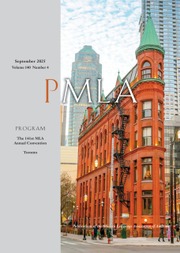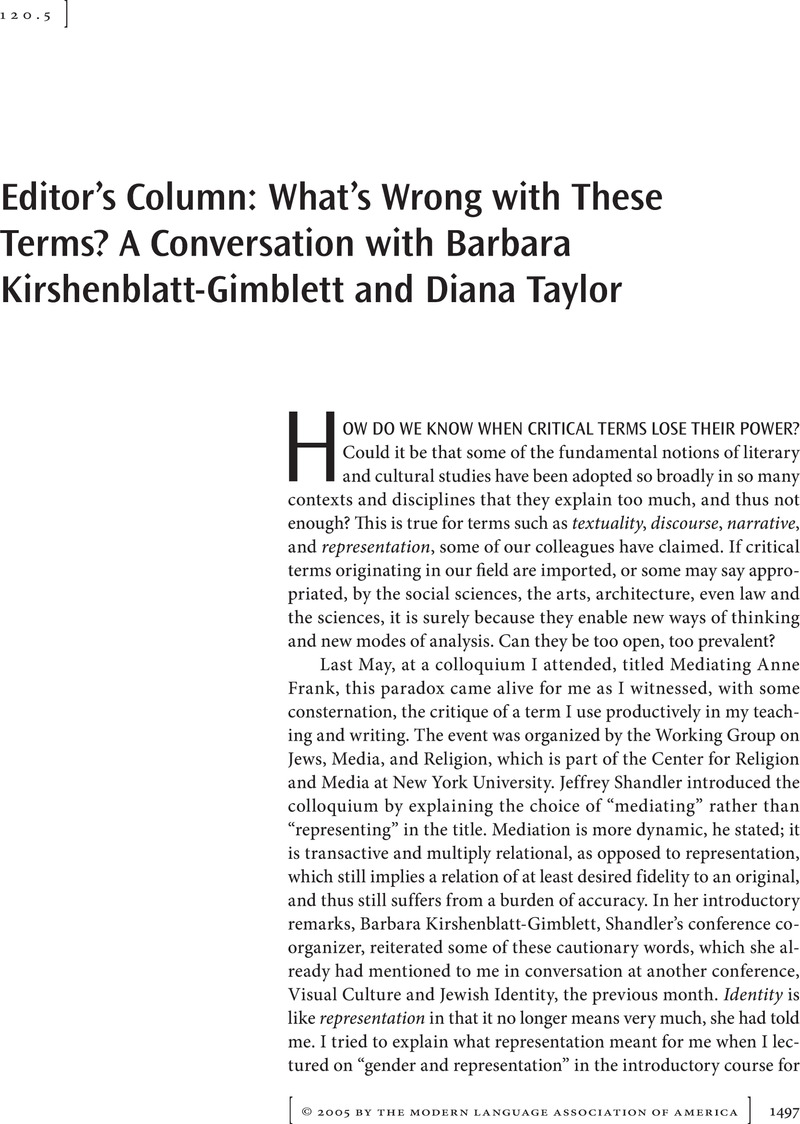Crossref Citations
This article has been cited by the following publications. This list is generated based on data provided by Crossref.
Choi, Suhi
2015.
The repertoire, not the archive: The 1950 Life and Time coverage of the Korean War.
Media, War & Conflict,
Vol. 8,
Issue. 2,
p.
264.


